
This sturdy, barely tamed beast of a tree is a perfect example of Walter Pall's naturalistic style. The photo is from Walter's website. The tree is a European spruce.
Yesterday we resurrected Walter Pall’s unique hedge pruning method. Today we’re resurrecting (for the second time) his equally unique take on bonsai soil. It originally appeared here on Bark in June of 2013.
Walter Pall, world famous bonsai artist and much more… We’ve feature Walter’s bonsai numerous times here on Bark (and in Bonsai Today) and will continue to feature them for as long as we continue posting. I won’t say much more, except that Walter produces quality trees by the hundreds (seemingly at least) and he also sometimes produces worthwhile and even provocative ideas about bonsai. What follows may be his most fascinating and provocative idea yet.
The first few paragraphs of Walter’s article begin just below the photo… (note, Walter uses substrate where most of us use soil). I look forward to your comments.
 This Hawthorn in bloom is from Walter 's Bonsai Adventures, as is the article below. The rest of the photos in this post are from Walter's online gallery.
This Hawthorn in bloom is from Walter 's Bonsai Adventures, as is the article below. The rest of the photos in this post are from Walter's online gallery.
Feeding, Substrate and Watering
Methods of Walter Pall (edited by Victrinia Ridgeway)
“First, I set aside everything that has been written in most bonsai literature about the subject. As technology grants us access to new and more effective methods and products, the way we care for our trees has progressed beyond the boundaries of tradition. It has been a new and modern world for some time, but many have not realized this. Even if some measure of success is achieved with the old methods it can be dangerous if used with modern substrates and practices, or even deadly.
Substrates (soil): Good substrate material must: be of equal particle size, have the ability to absorb water and release it back, have no fine particle organic material, must not decompose easily, be as lightweight as possible when dry, preferably inexpensive and should have an aesthetically pleasing appearance. This would then be: lava, pumice (note: lava and pumice are the two ingredients in our Masters Bonsai Soil), baked loam, Turface, zeolite, Chabasai (a type of zeolite), coconut pieces, bark pieces, Styrofoam pieces (no joke) and a few more which you can find yourself if you have understood the principles. Please note: Some of these materials may not be available in your area…” (continued after the photo and caption)
 Another naturalistic European spruce. Naturalistic doesn't mean 'left just the way you found it.' This and others in Walter's collection may have spent numerous hours being transformed from raw stock to what you see. But what you see, is a tree that looks like it has barely been touched by human hands.
Another naturalistic European spruce. Naturalistic doesn't mean 'left just the way you found it.' This and others in Walter's collection may have spent numerous hours being transformed from raw stock to what you see. But what you see, is a tree that looks like it has barely been touched by human hands.
“Normal akadama is questionable as a good substrate as it inevitably decomposes, especially when exposed to winter frost. It can become deadly loam in the pot, choking the flow of water and air into the soil. This is especially true for trees which are only rarely repotted, like collected conifers and old bonsai in general.
Substrates which are not useful: soil, compost, stones, sand etc. Trees grow in sand and flower soil, of course, but it is not an optimal growing medium for health in bonsai culture.
All substrates can be mixed according to your liking and it makes almost no difference. They can also be recycled and used again, but make certain to sift and clean any recycled materials as needed.
There is no such thing as an ‘ideal bonsai substrate’. There are in fact thousands of ideal substrates. I believe that IT DOES NOT MATTER WHAT YOU USE AND IN WHAT MIXTURE as long as it is a modern substrate…”
This should be enough to stimulate your interest. Here’s the rest.
 The clean, elegant lines and simple crown give on this bunjin style Scot's pine a more refined look that the two trees just above.
The clean, elegant lines and simple crown give on this bunjin style Scot's pine a more refined look that the two trees just above.
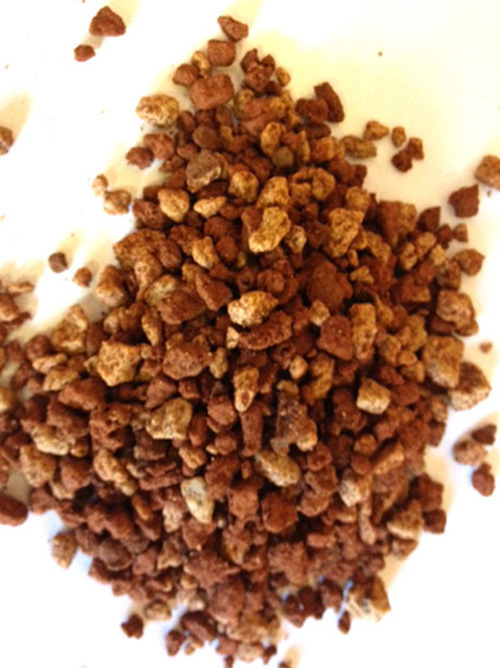 Here's what our Masters Bonsai Soil looks like through the lens of an iPhone. It's 50% - 50% lava and pumice.
Here's what our Masters Bonsai Soil looks like through the lens of an iPhone. It's 50% - 50% lava and pumice.
20% to 30% off Site Wide Sale

Because we are busier than I thought we would be this late in the season, we can’t guarantee that orders received today will be shipped today (Monday), but we’ll try. We can however, guarantee that all orders received before noon Tuesday will be shipped by the end of the day Tuesday.
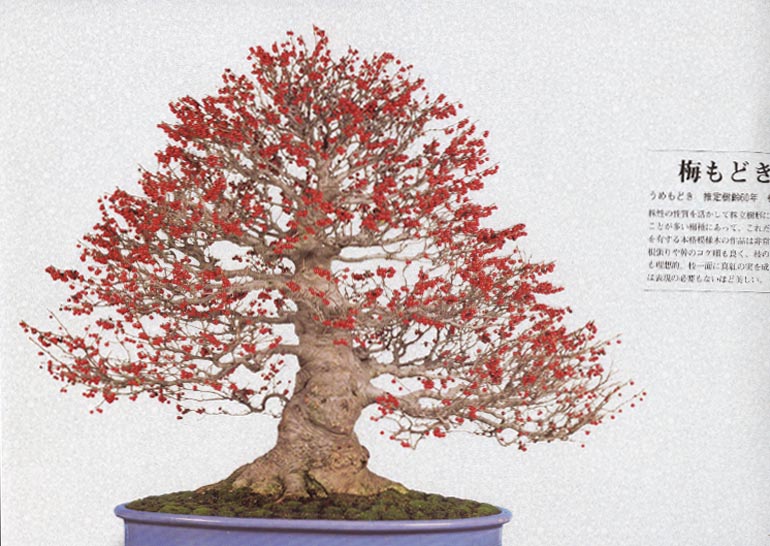
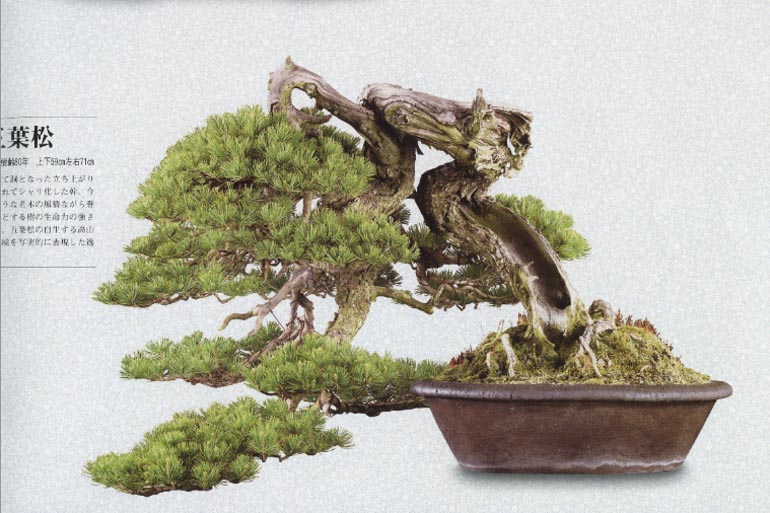
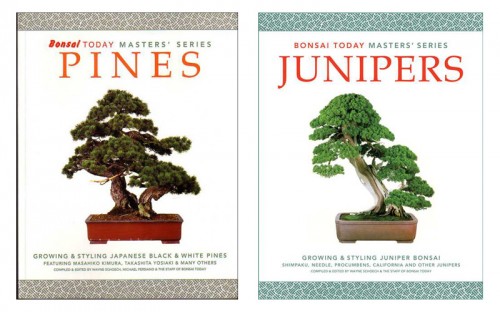
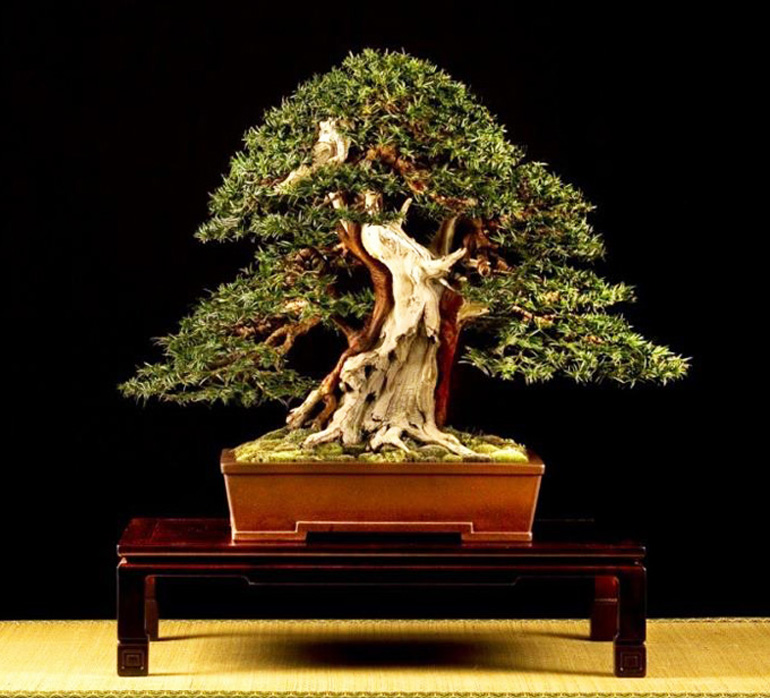
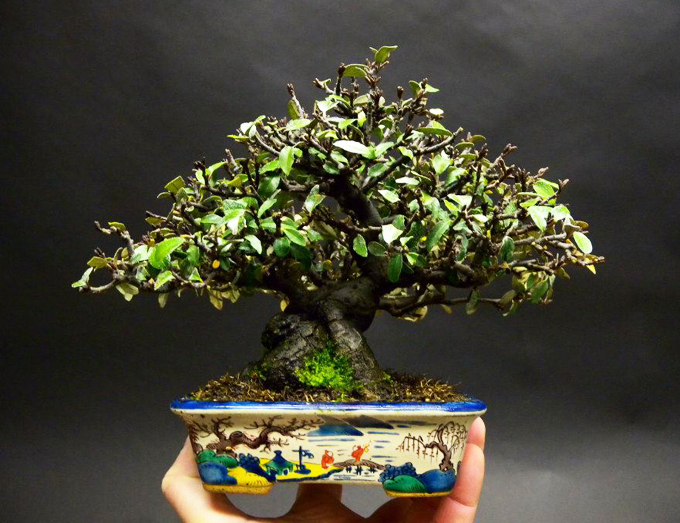

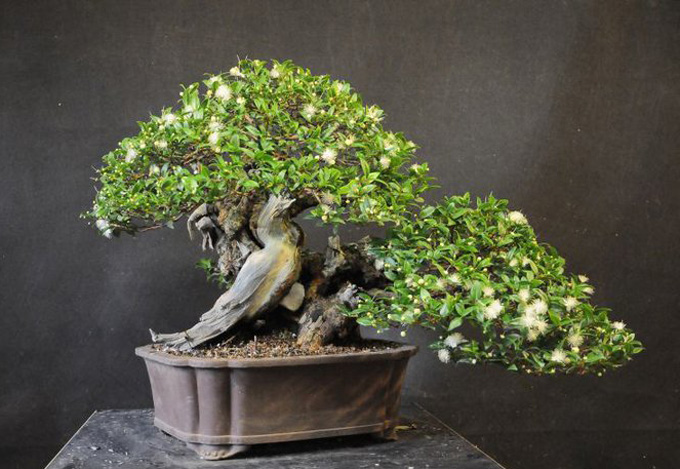

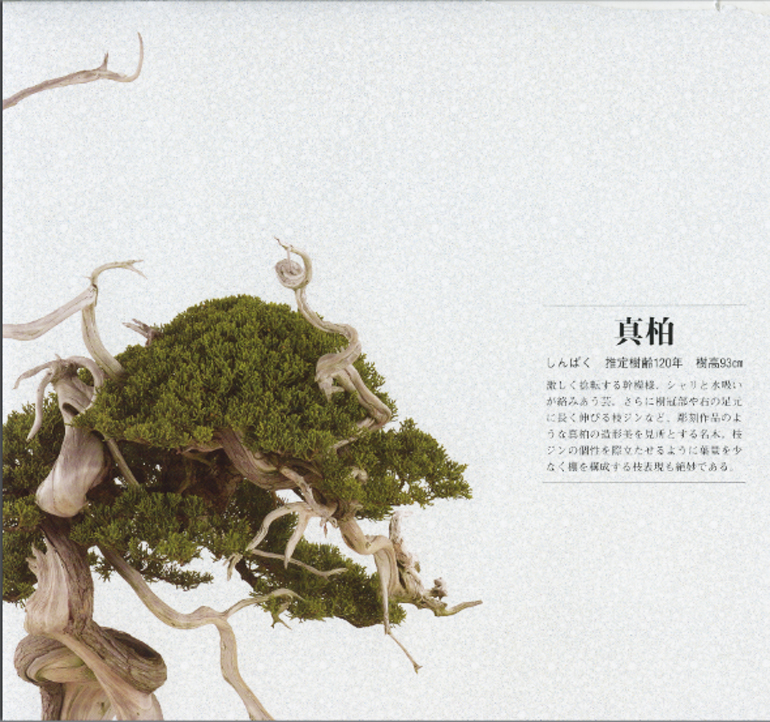

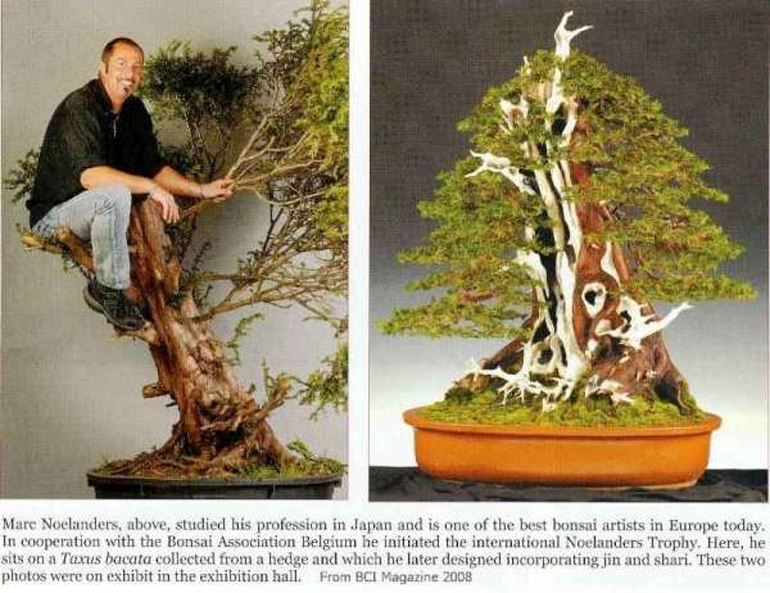 It's not that often you see a full grown man sitting in a bonsai tree (why doesn't the tree fall over?). The caption and the photo are from
It's not that often you see a full grown man sitting in a bonsai tree (why doesn't the tree fall over?). The caption and the photo are from 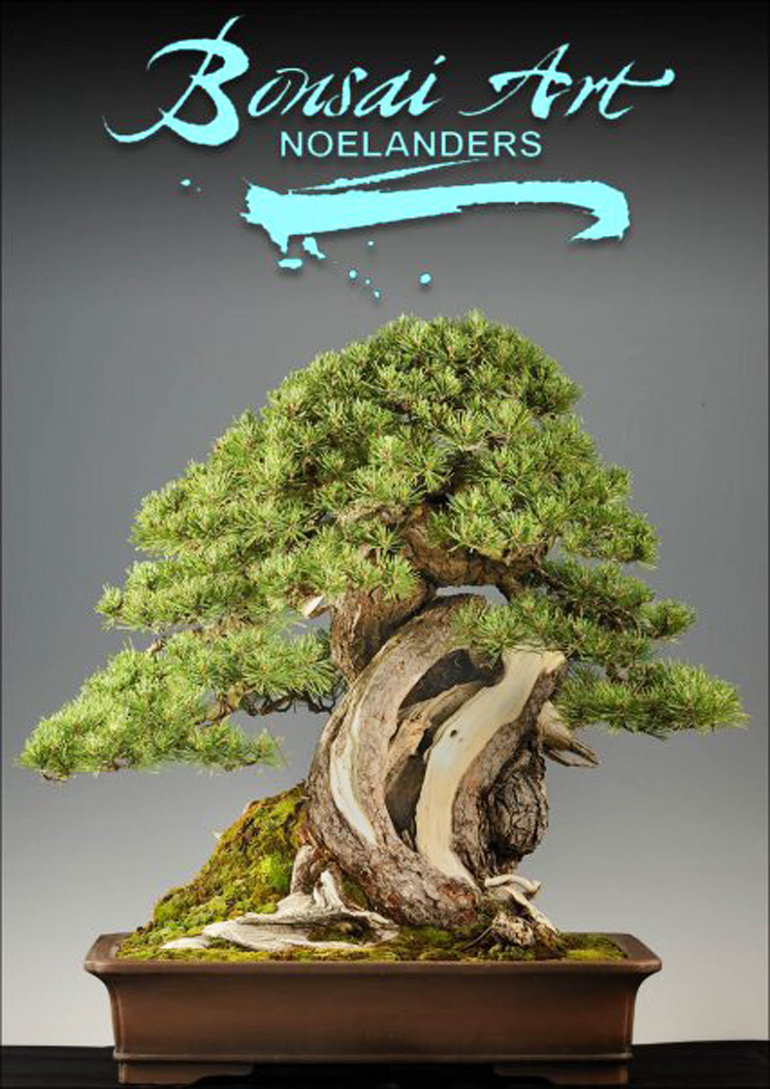
 This photo is from
This photo is from 
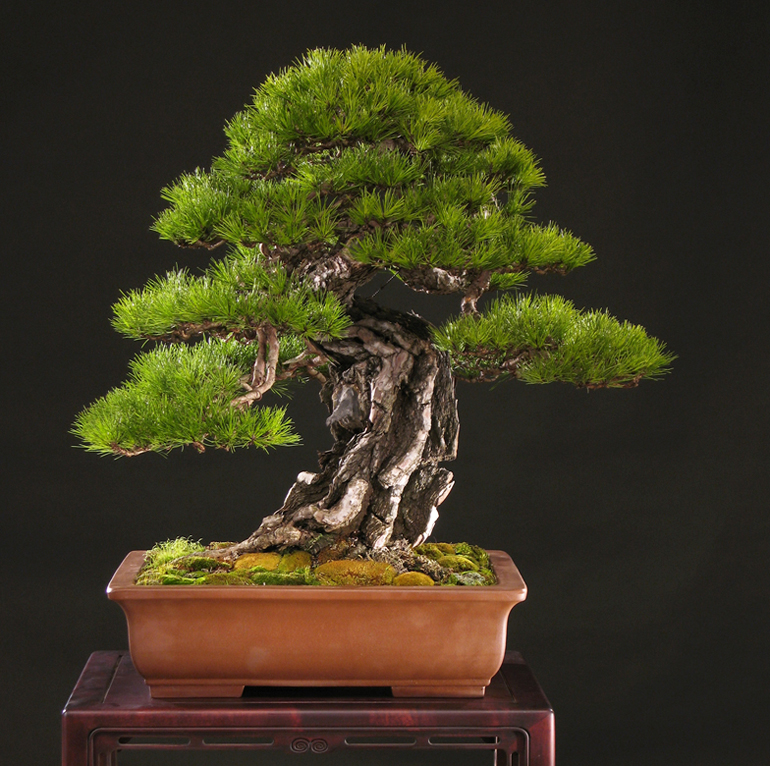
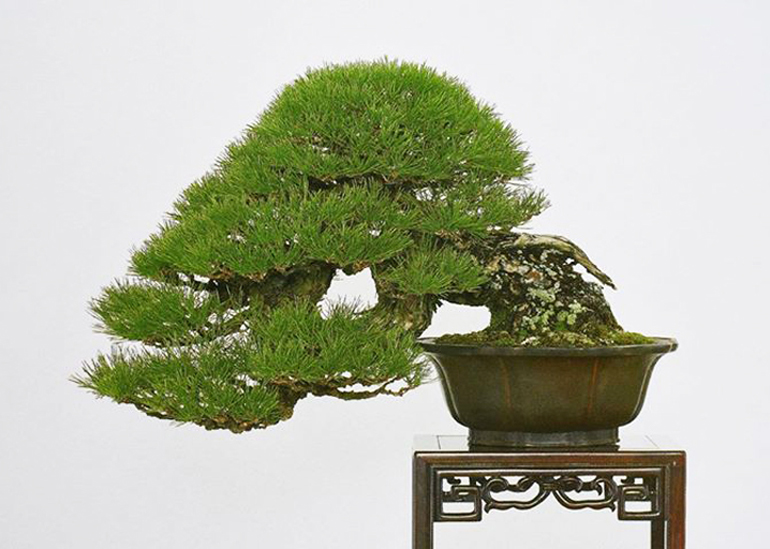
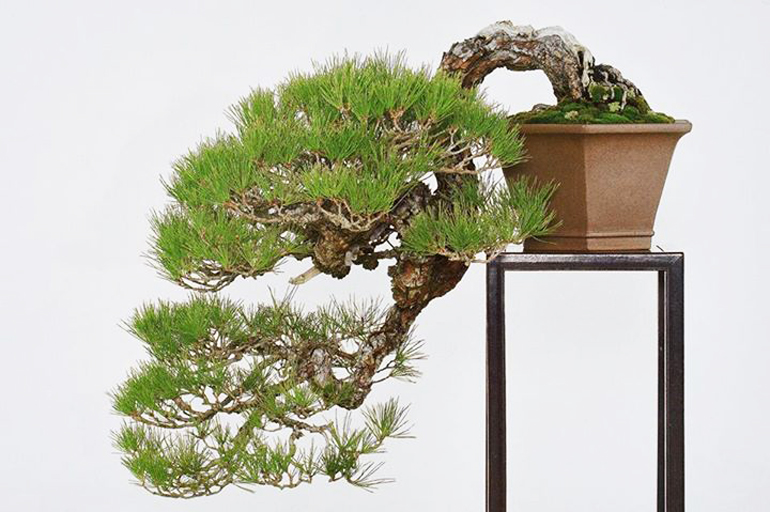
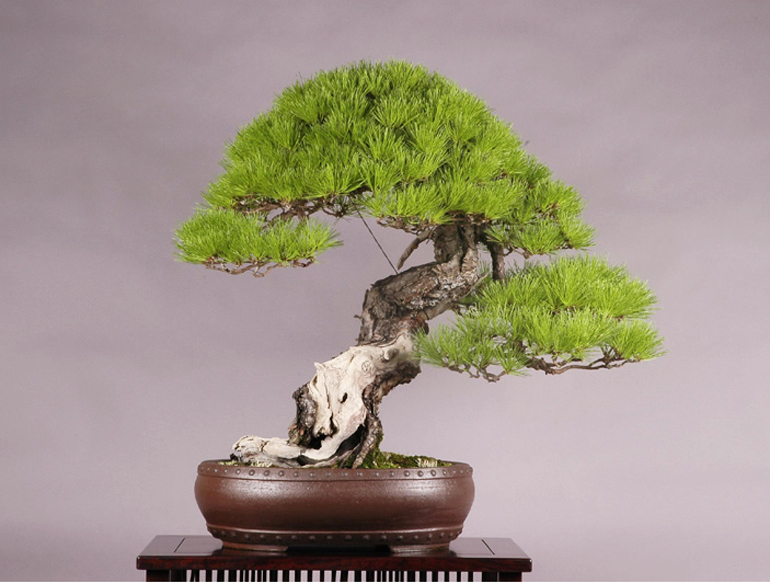


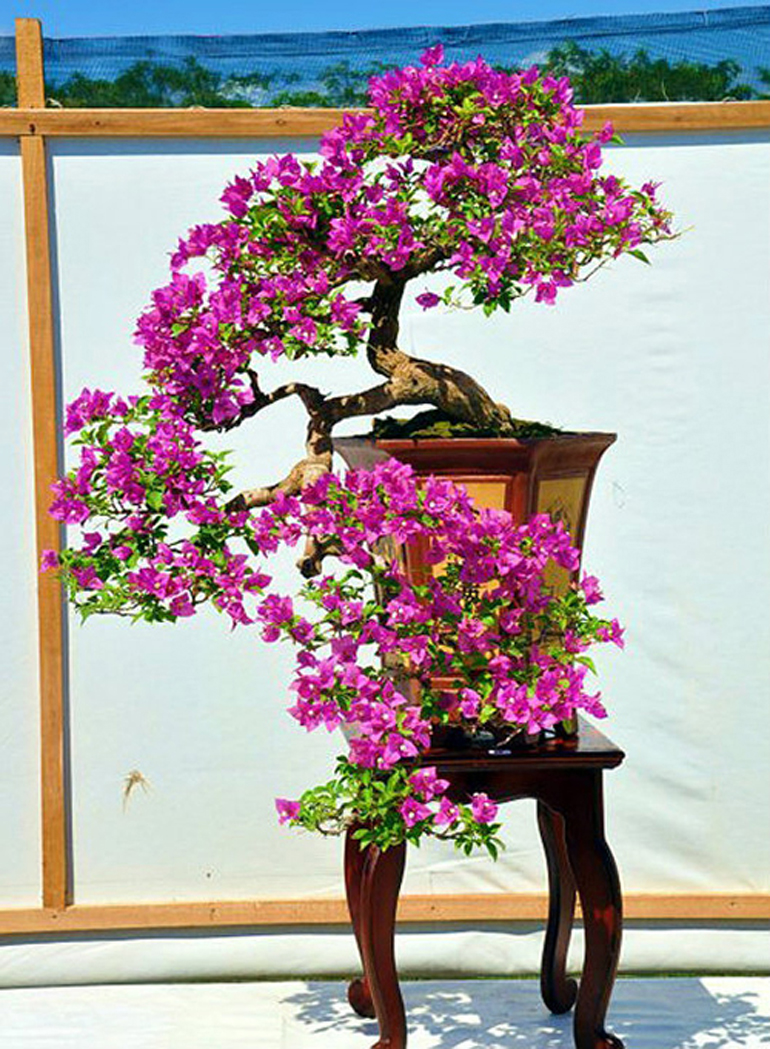
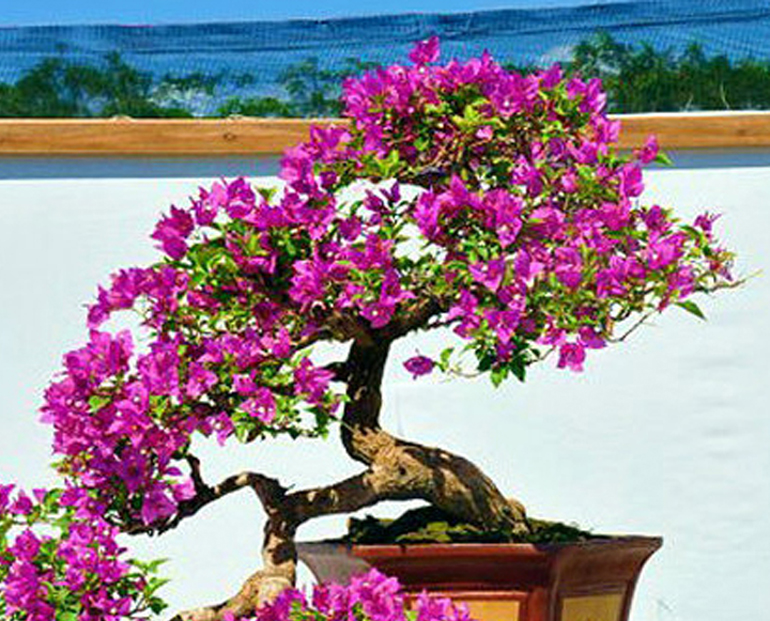


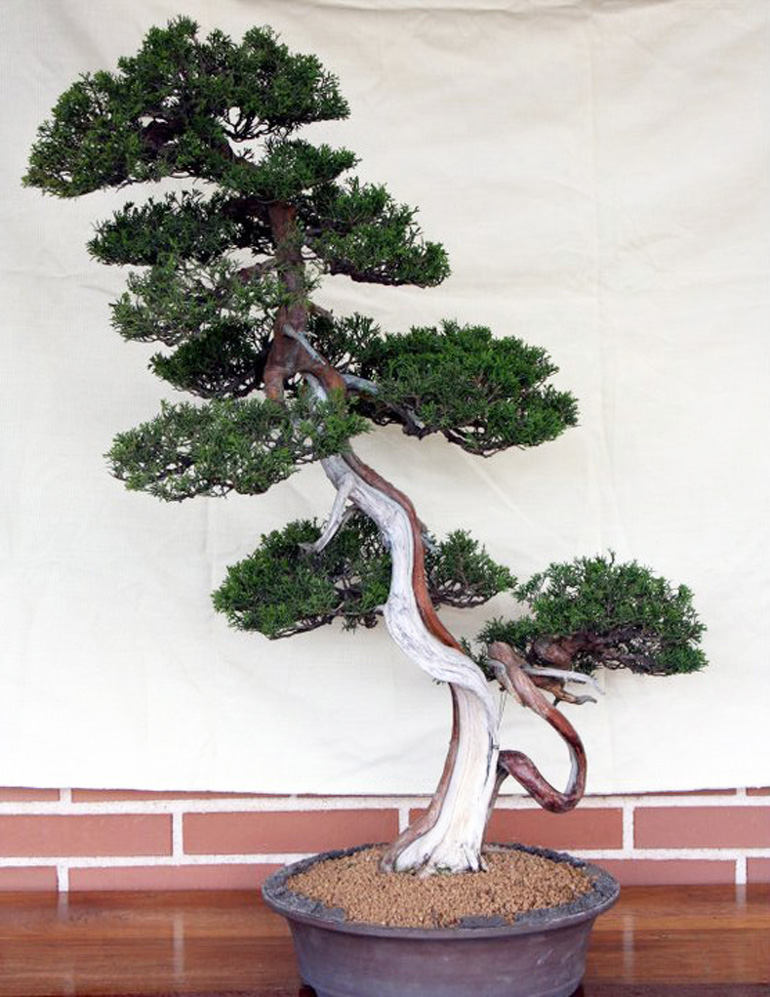
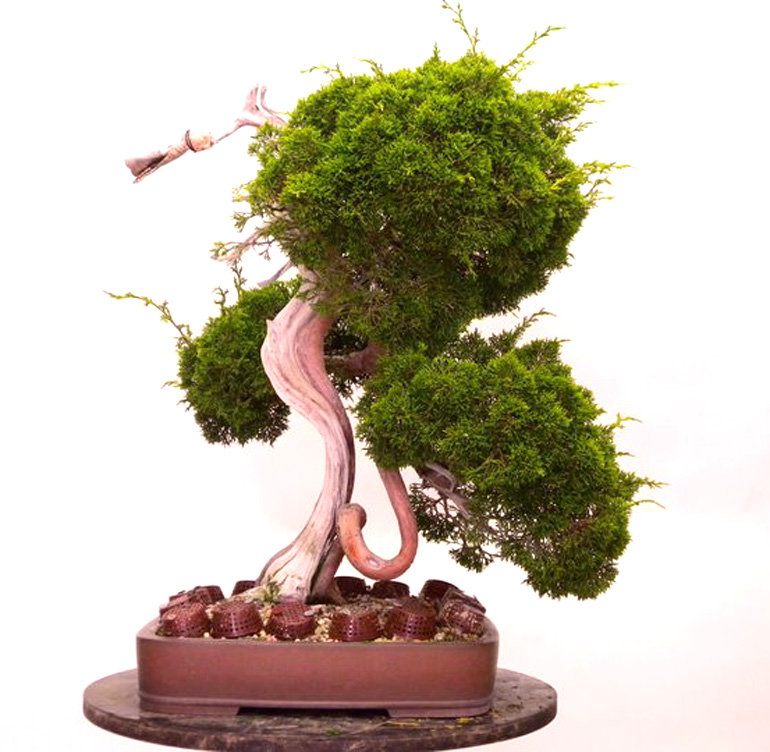
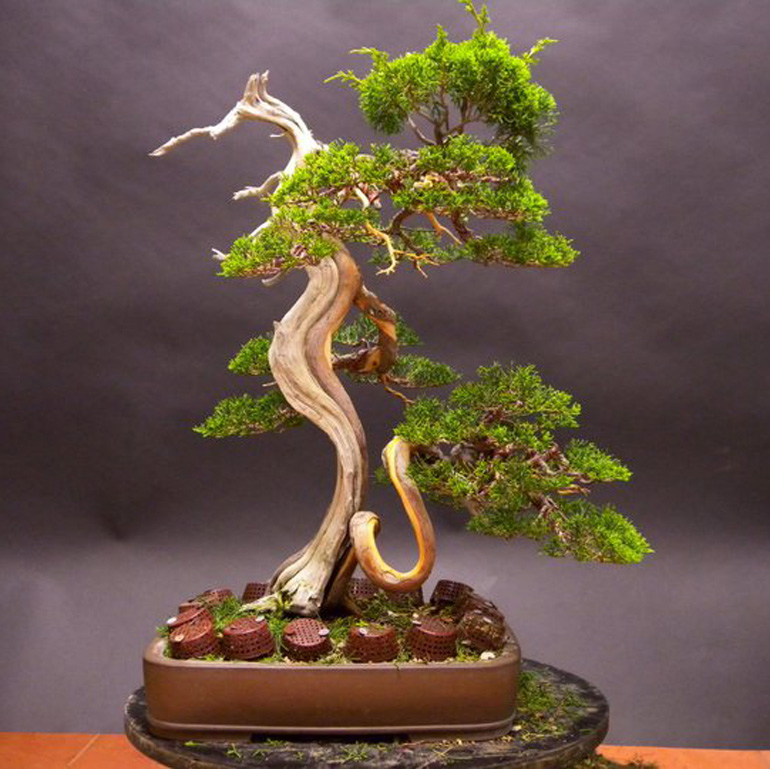
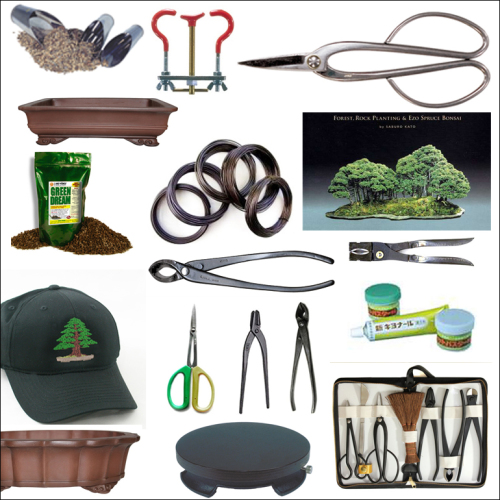


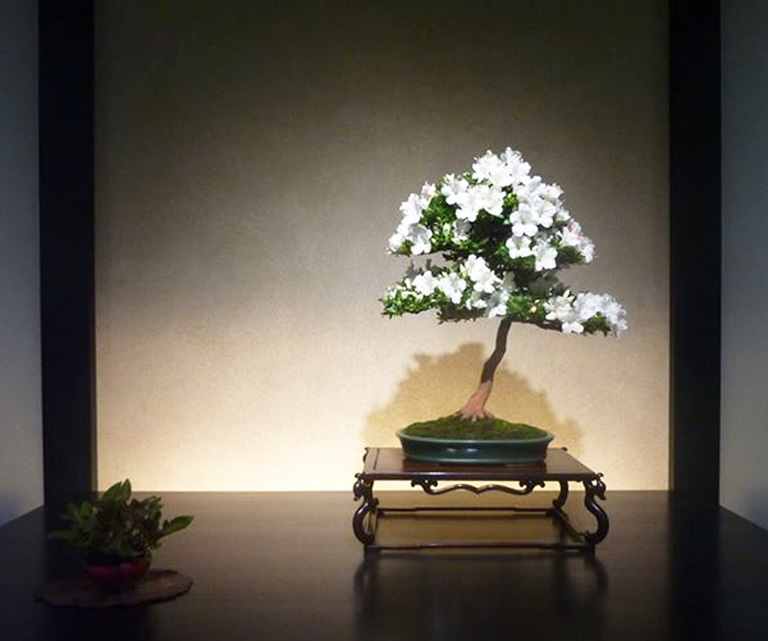
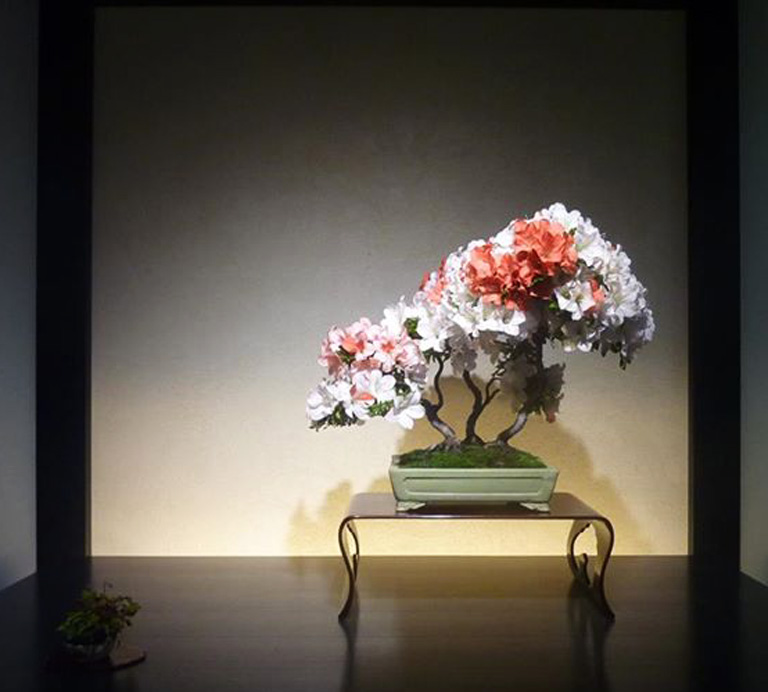
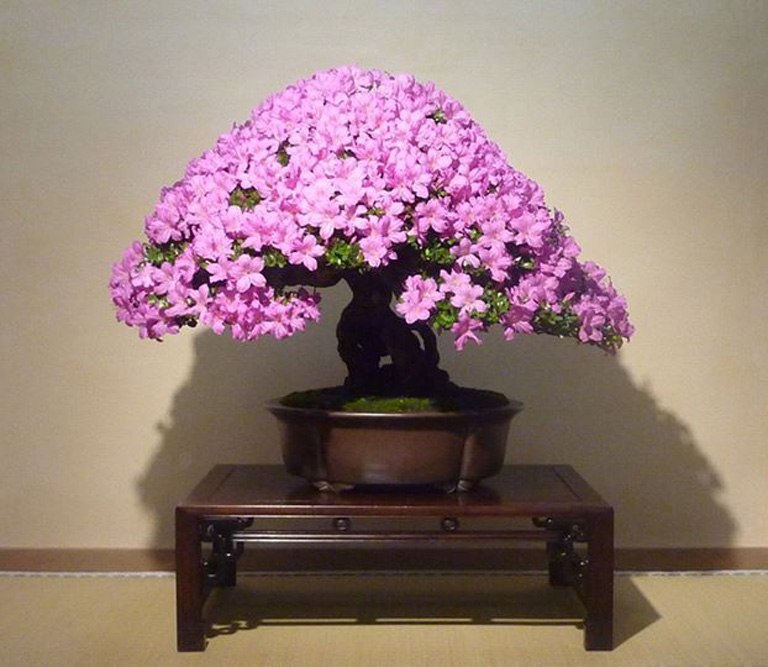


 Would you plant a Crabapple in this pot? Or a Cherry tree? Winterberry? Persimmon? Pyracantha? Anything? Or maybe Horst was picturing Christmas tree ornaments.
Would you plant a Crabapple in this pot? Or a Cherry tree? Winterberry? Persimmon? Pyracantha? Anything? Or maybe Horst was picturing Christmas tree ornaments. Roman ruins? This is the photo that inspired the 'off the deep end' title.
Roman ruins? This is the photo that inspired the 'off the deep end' title. Day after tomorrow is Christmas. It's probably too late to ask for this pot.
Day after tomorrow is Christmas. It's probably too late to ask for this pot. I originally wrote Cucumber? But now I'm thinking Watermelon.
I originally wrote Cucumber? But now I'm thinking Watermelon. A little more subtle. But strong.
A little more subtle. But strong.

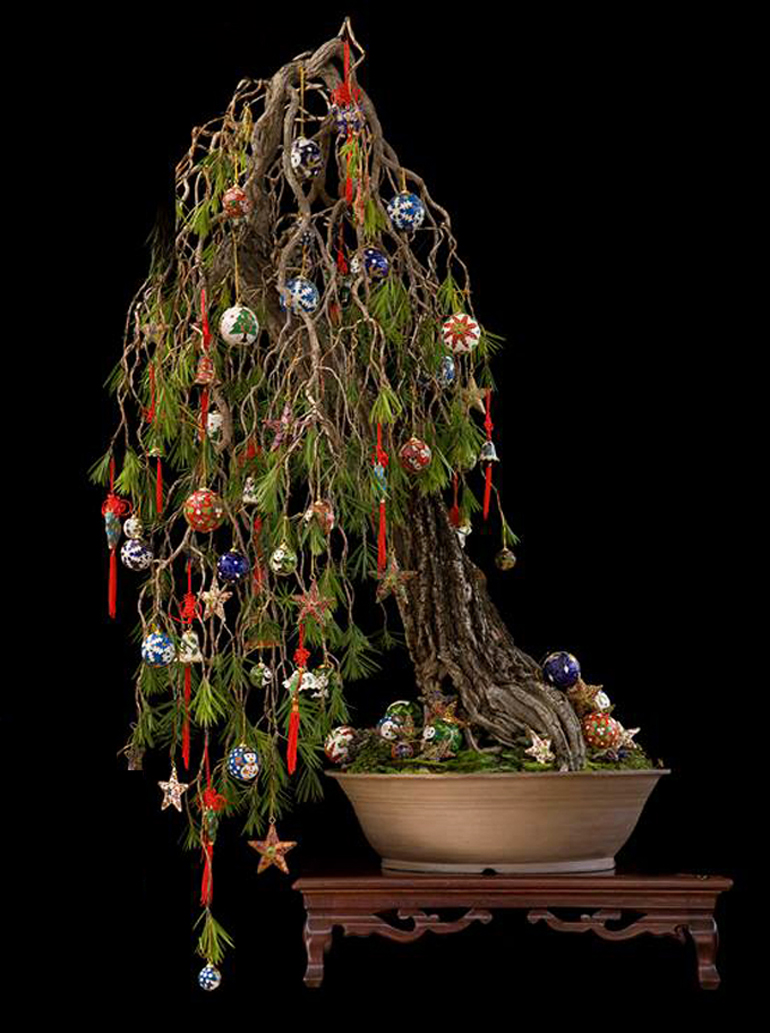 Though most Christmas trees have their charm and some are genuine works of art, still, this has to be one of the best I've ever seen.
Though most Christmas trees have their charm and some are genuine works of art, still, this has to be one of the best I've ever seen.
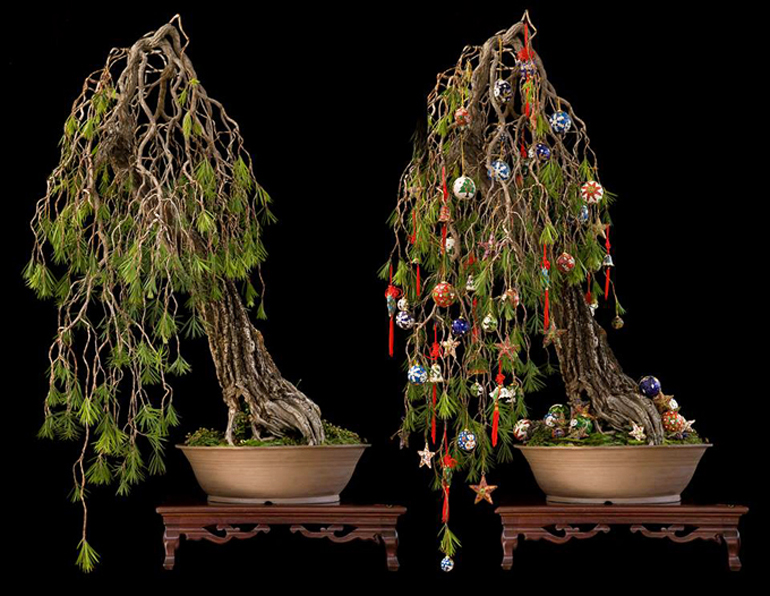 Just before and just after.
Just before and just after.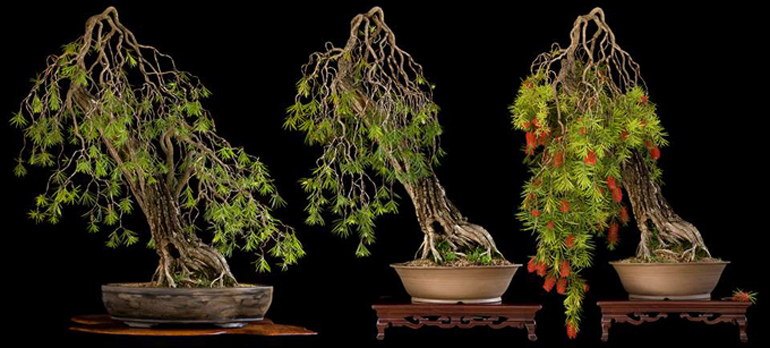 Evolution with striking red Bottlebrush flowers.
Evolution with striking red Bottlebrush flowers.

 This Hawthorn in bloom is from
This Hawthorn in bloom is from  Another naturalistic European spruce. Naturalistic doesn't mean 'left just the way you found it.' This and others in
Another naturalistic European spruce. Naturalistic doesn't mean 'left just the way you found it.' This and others in  The clean, elegant lines and simple crown give on this bunjin style Scot's pine a more refined look that the two trees just above.
The clean, elegant lines and simple crown give on this bunjin style Scot's pine a more refined look that the two trees just above.
